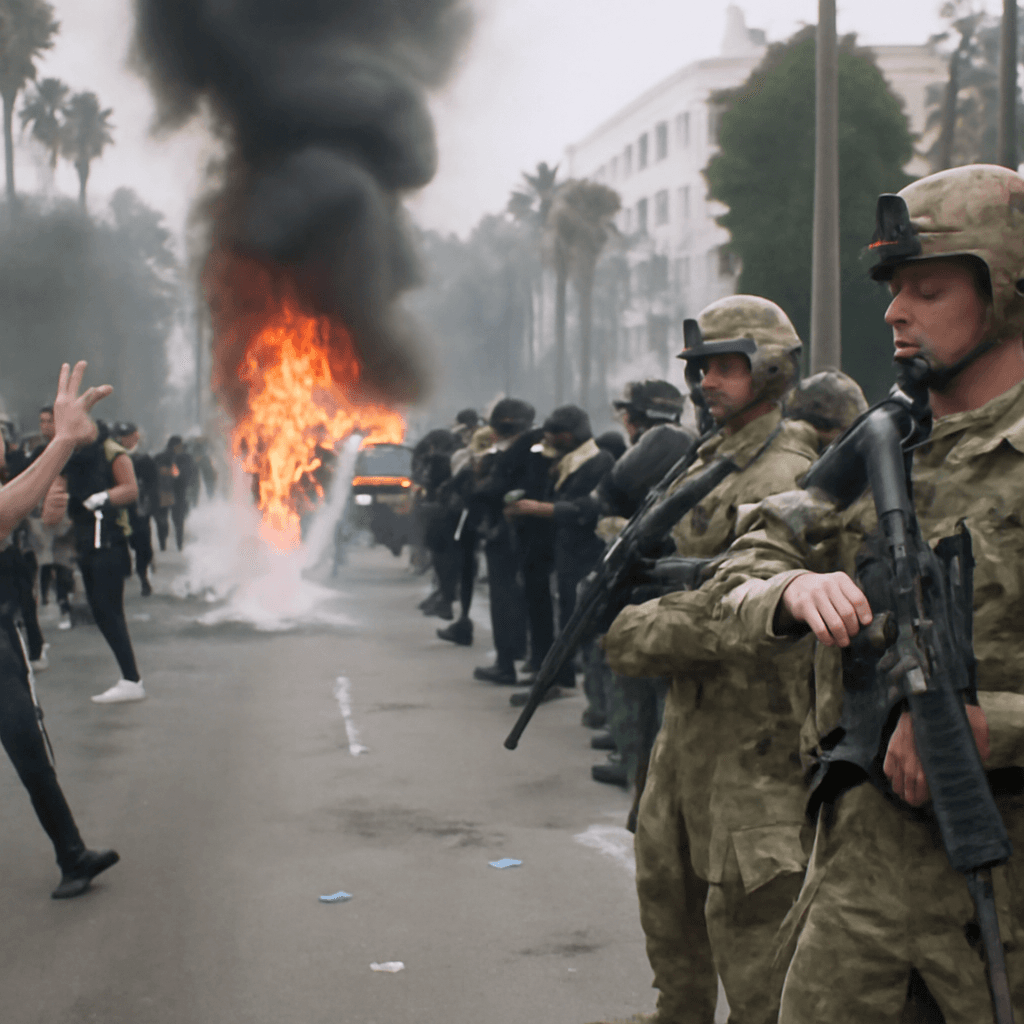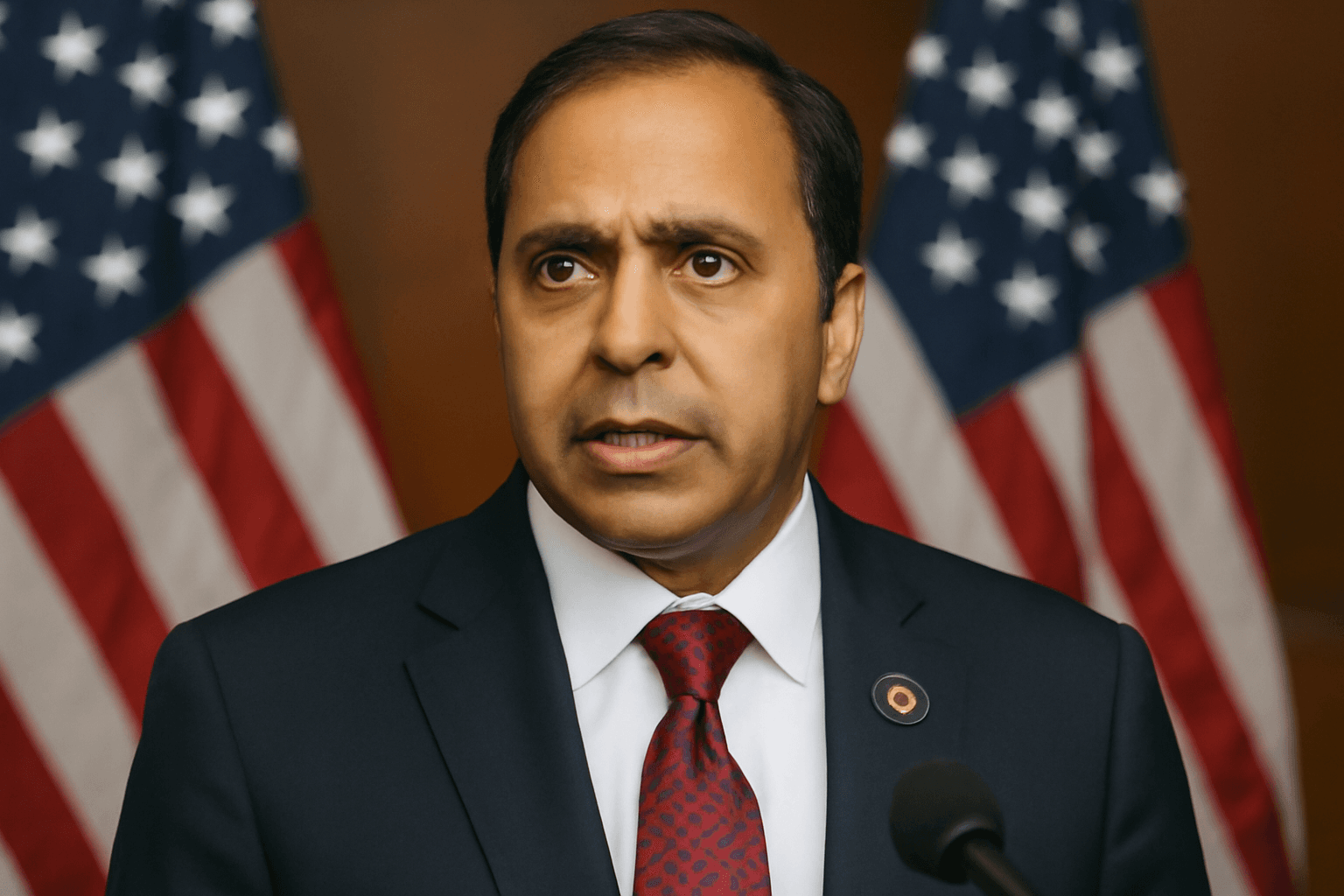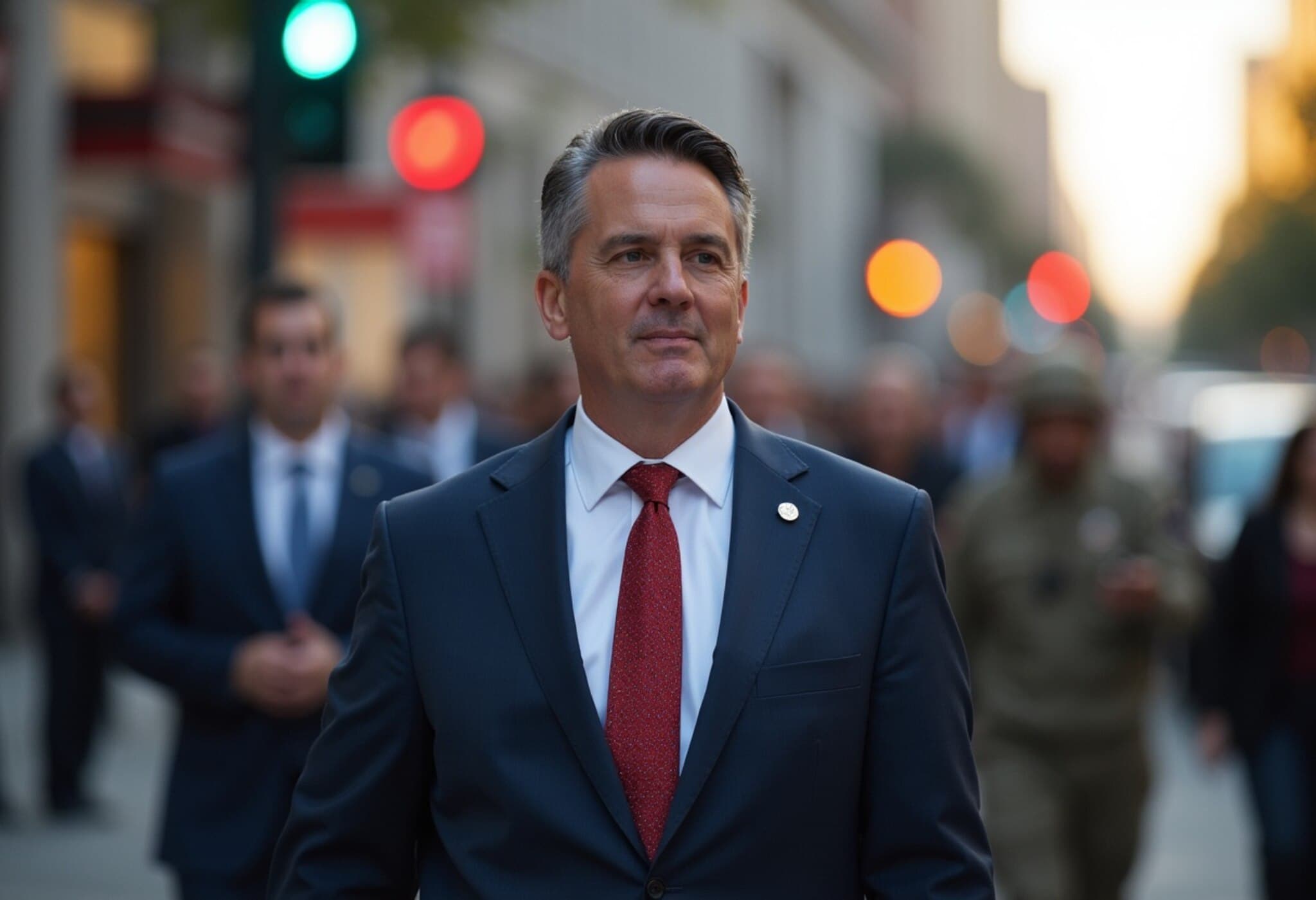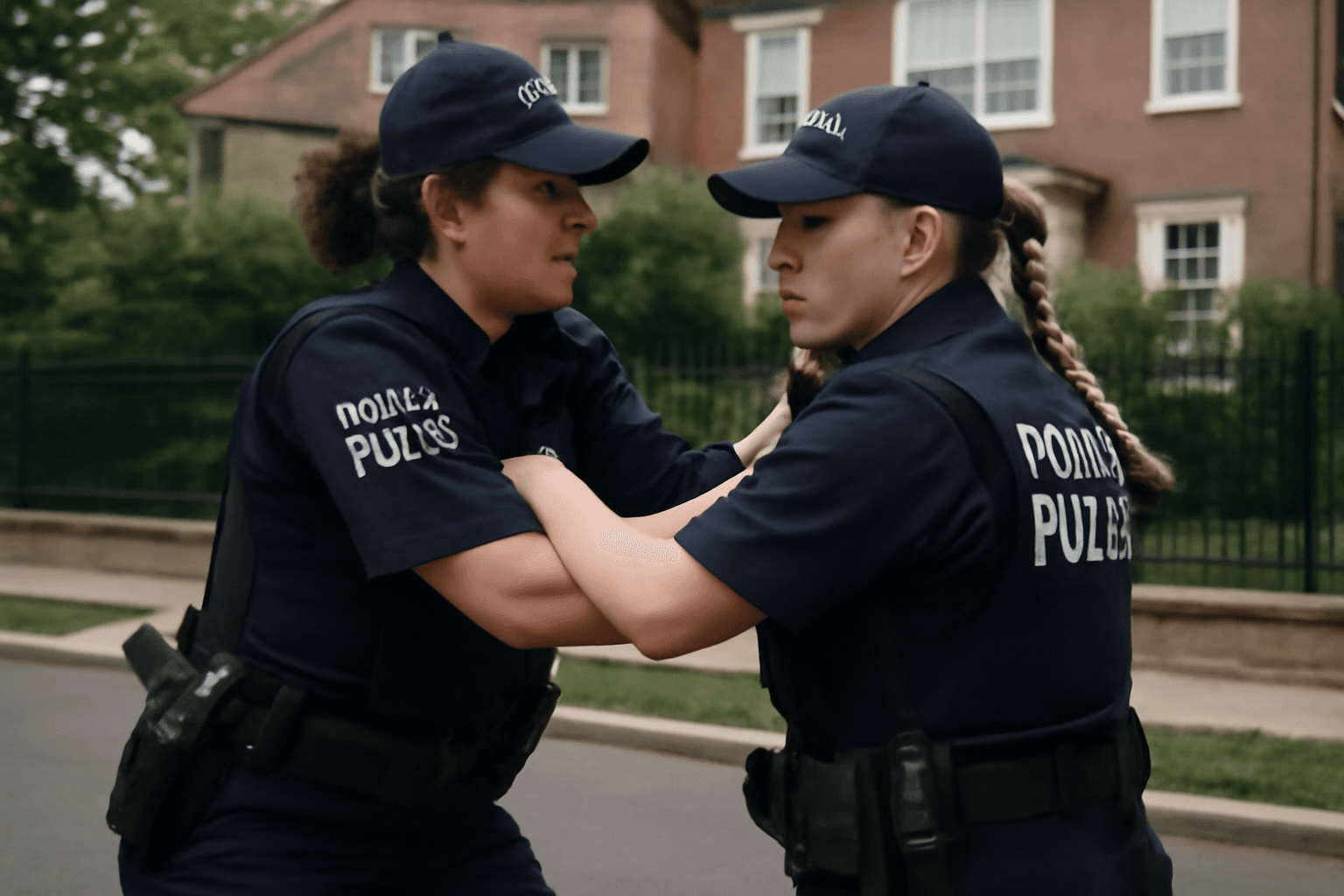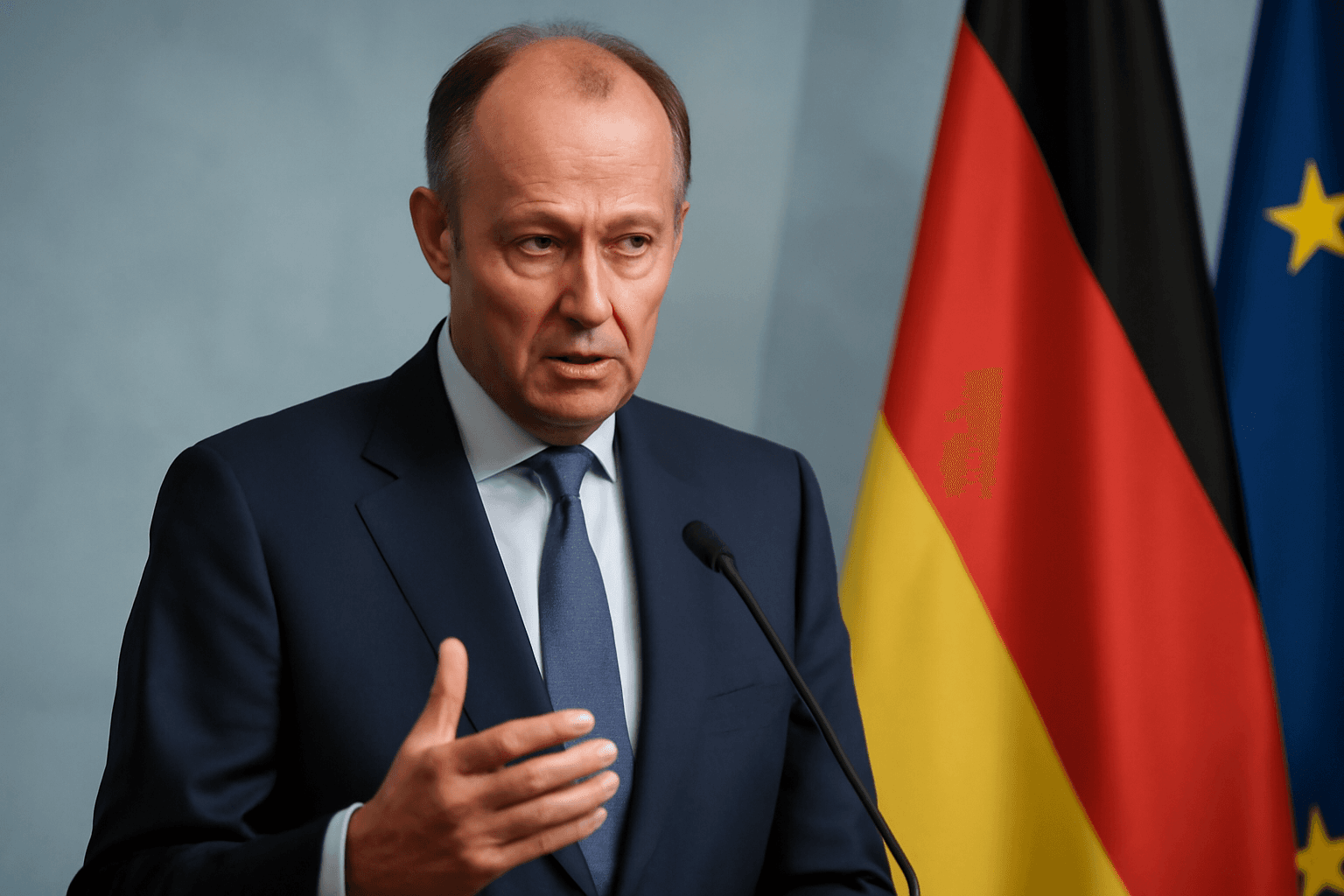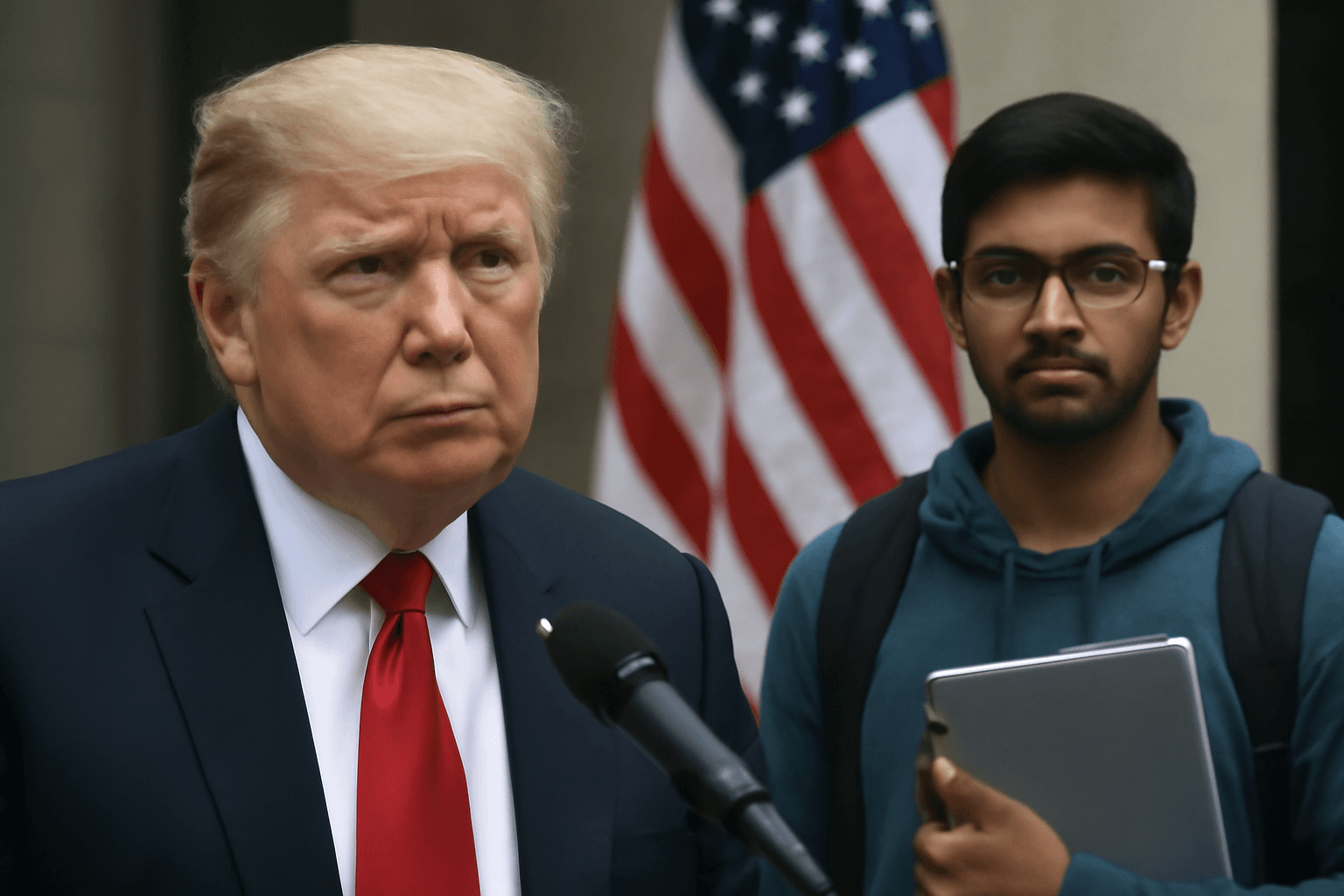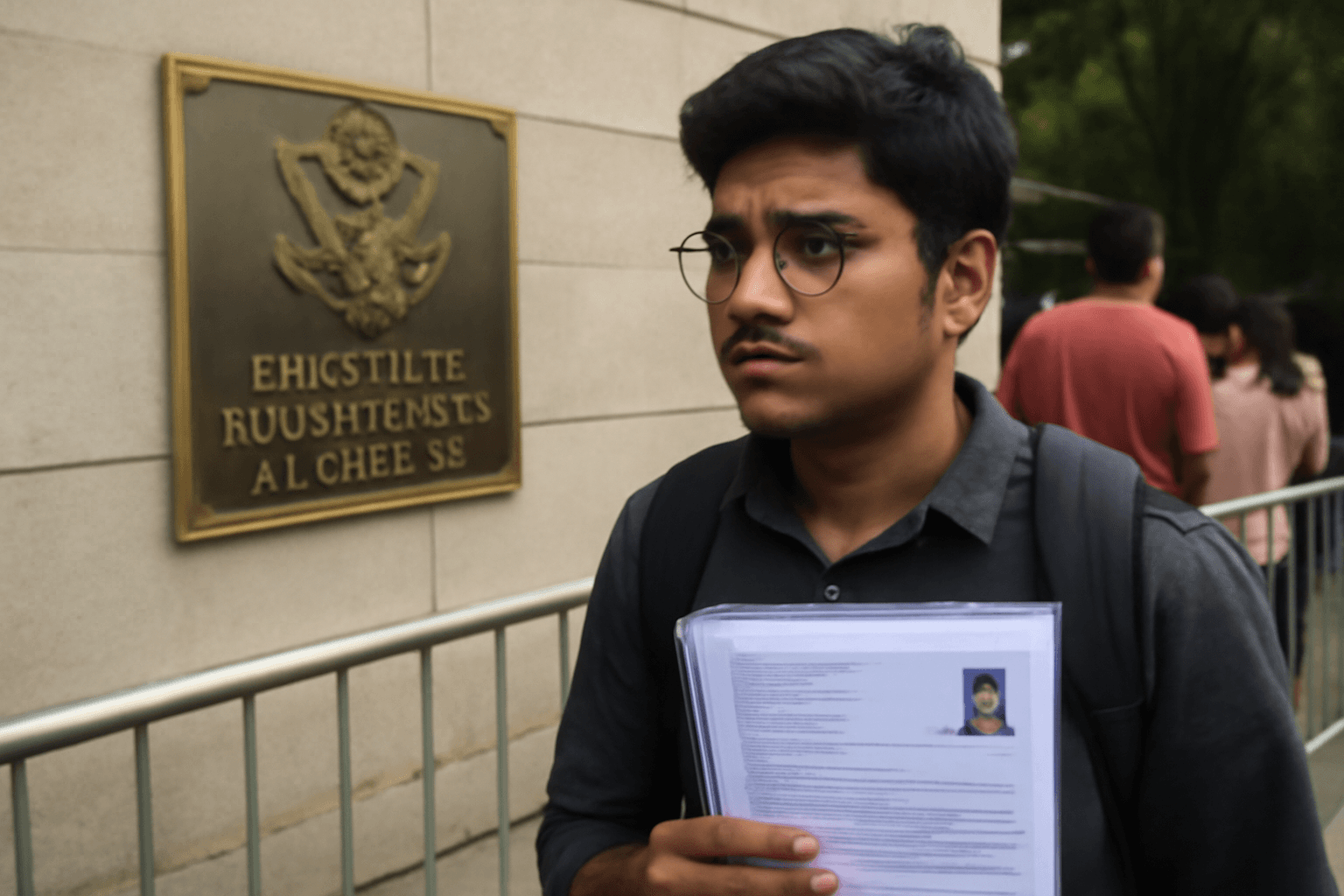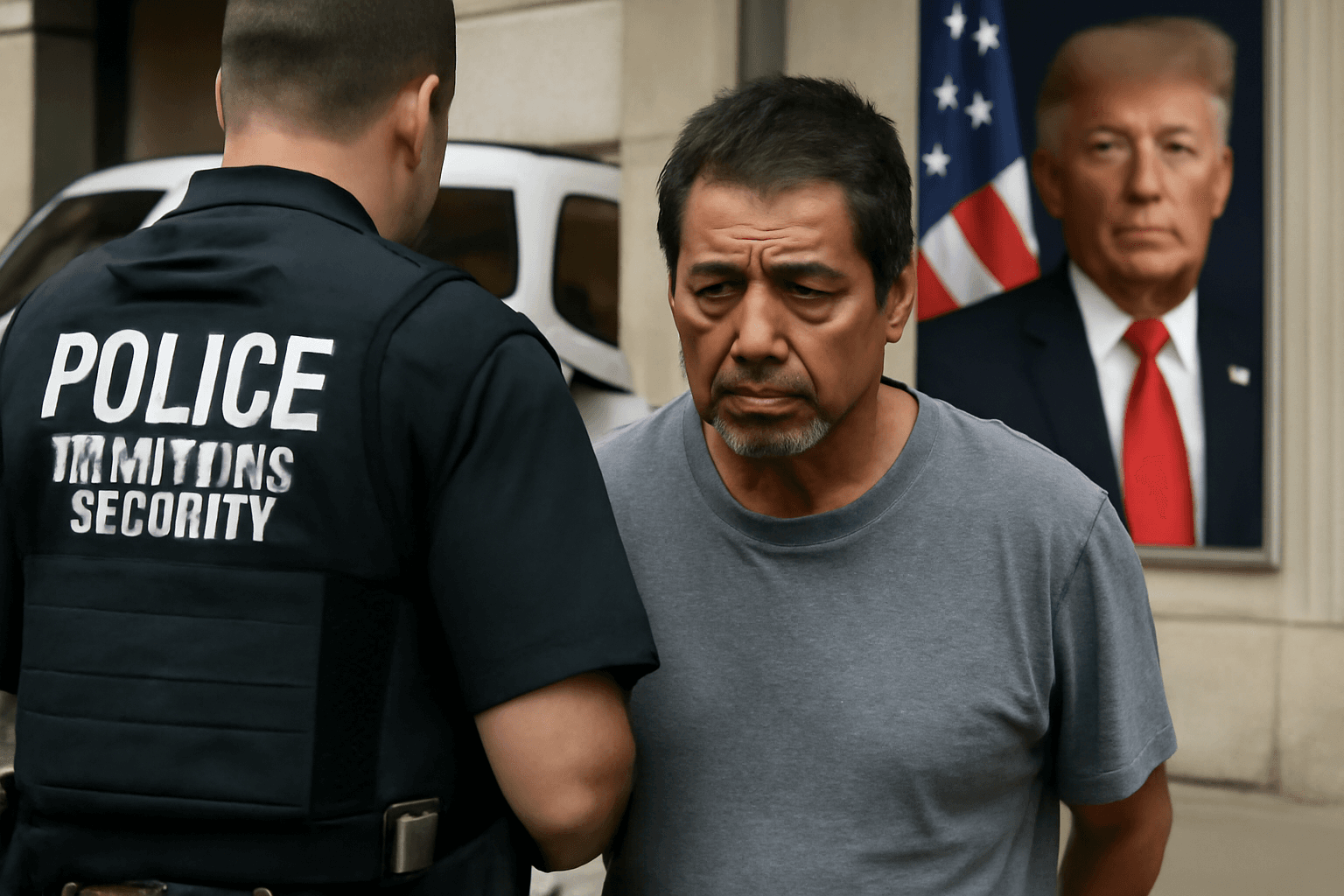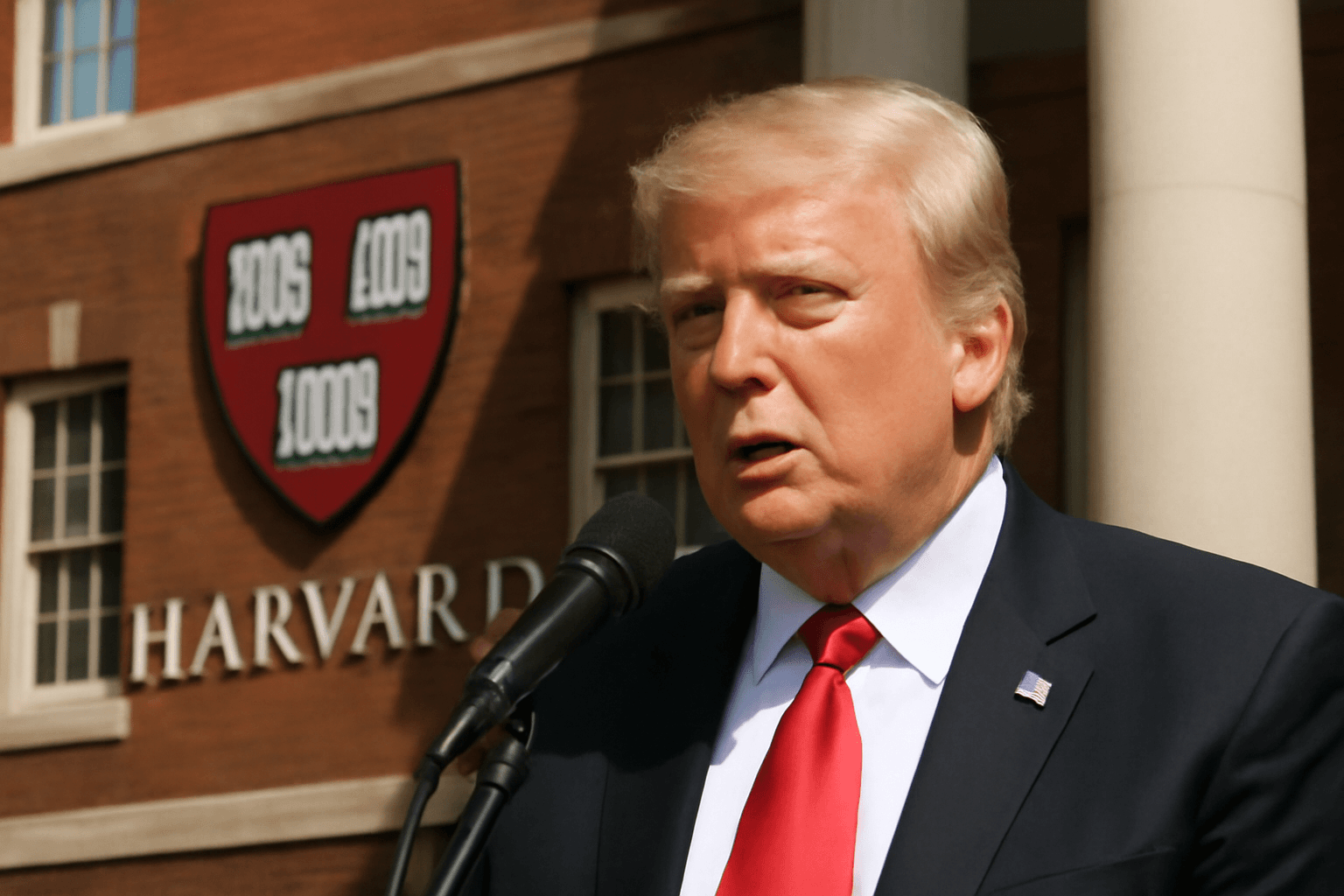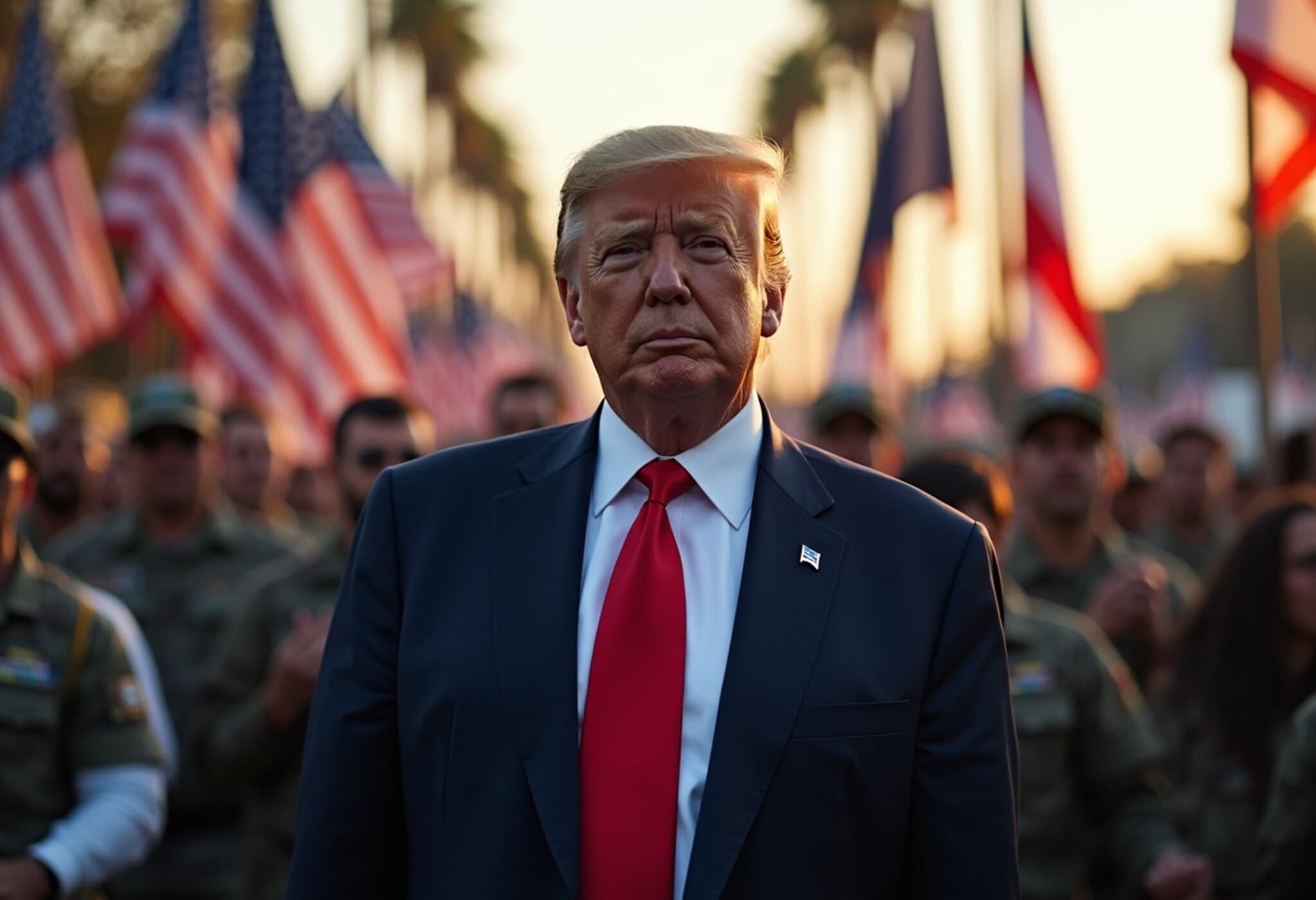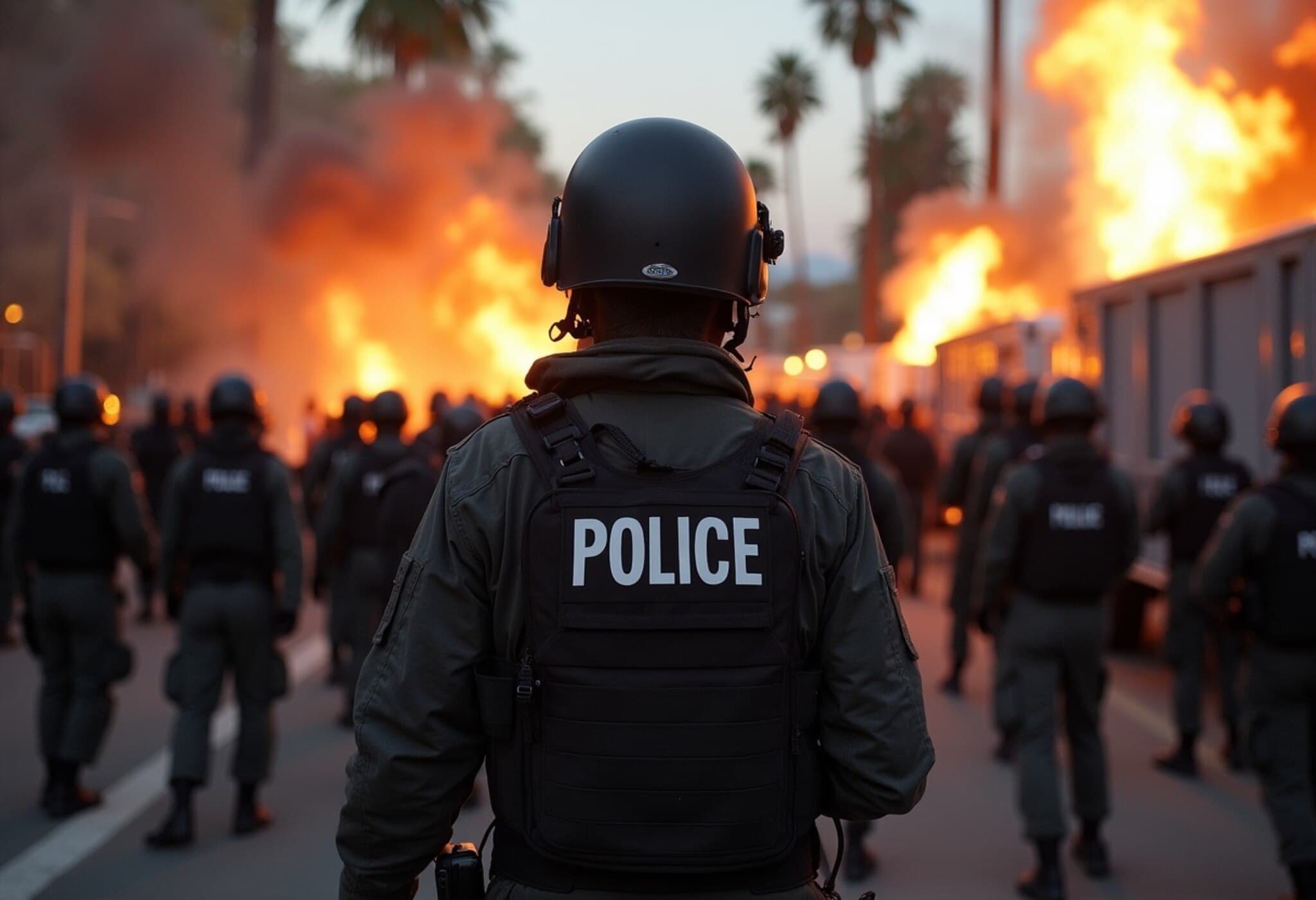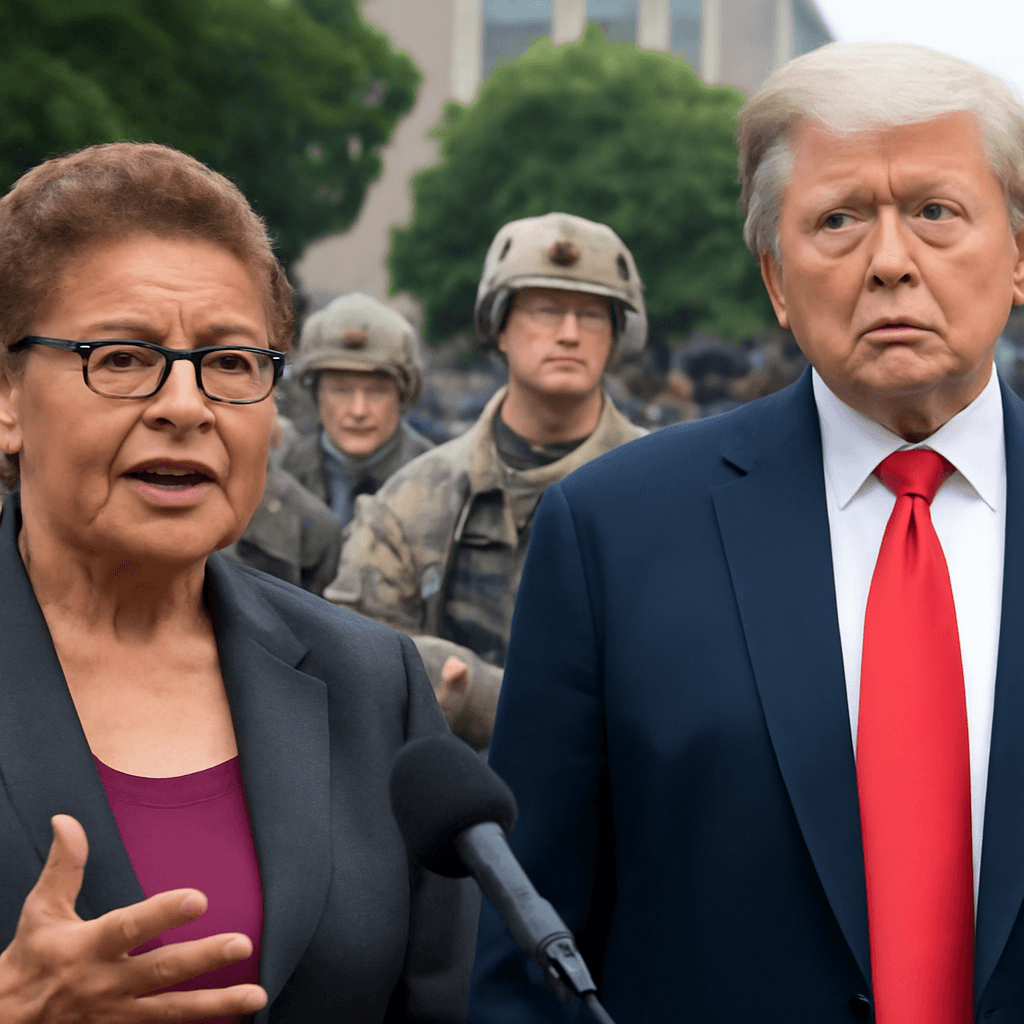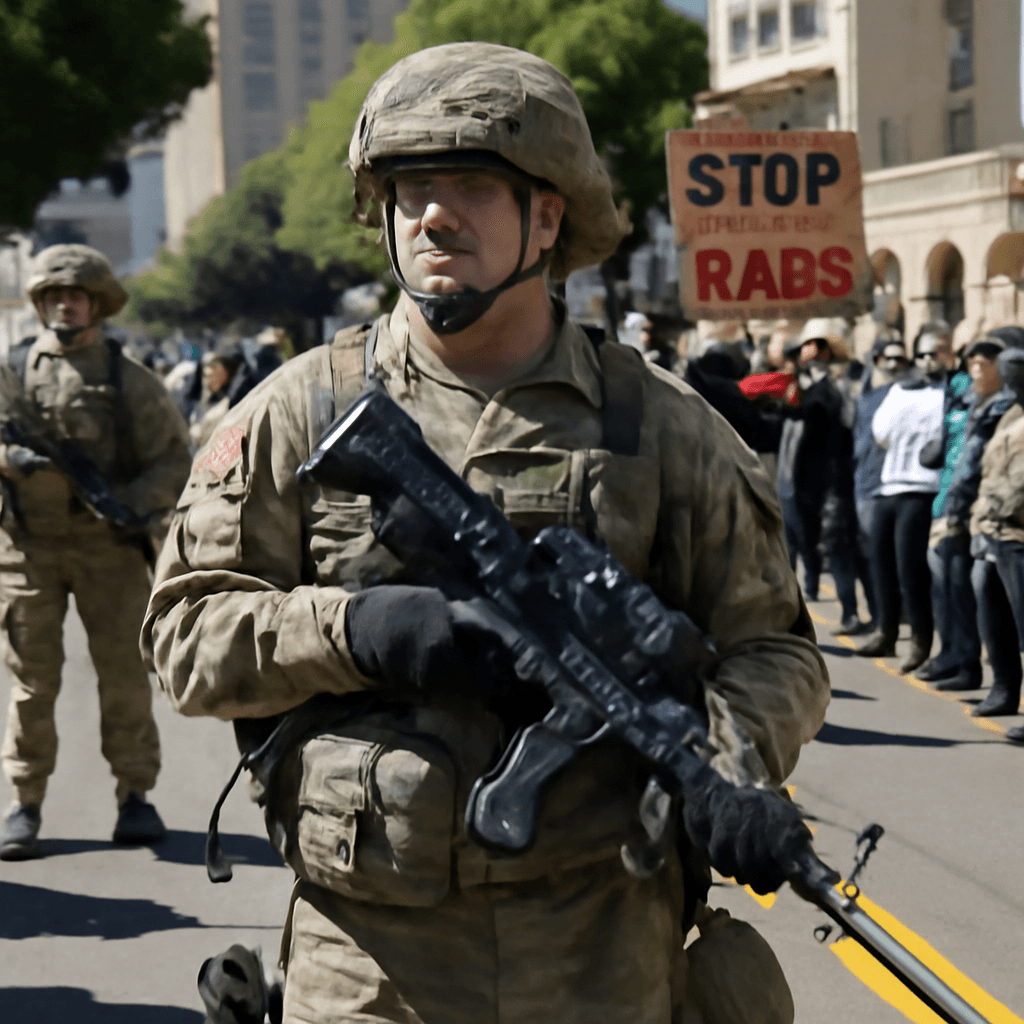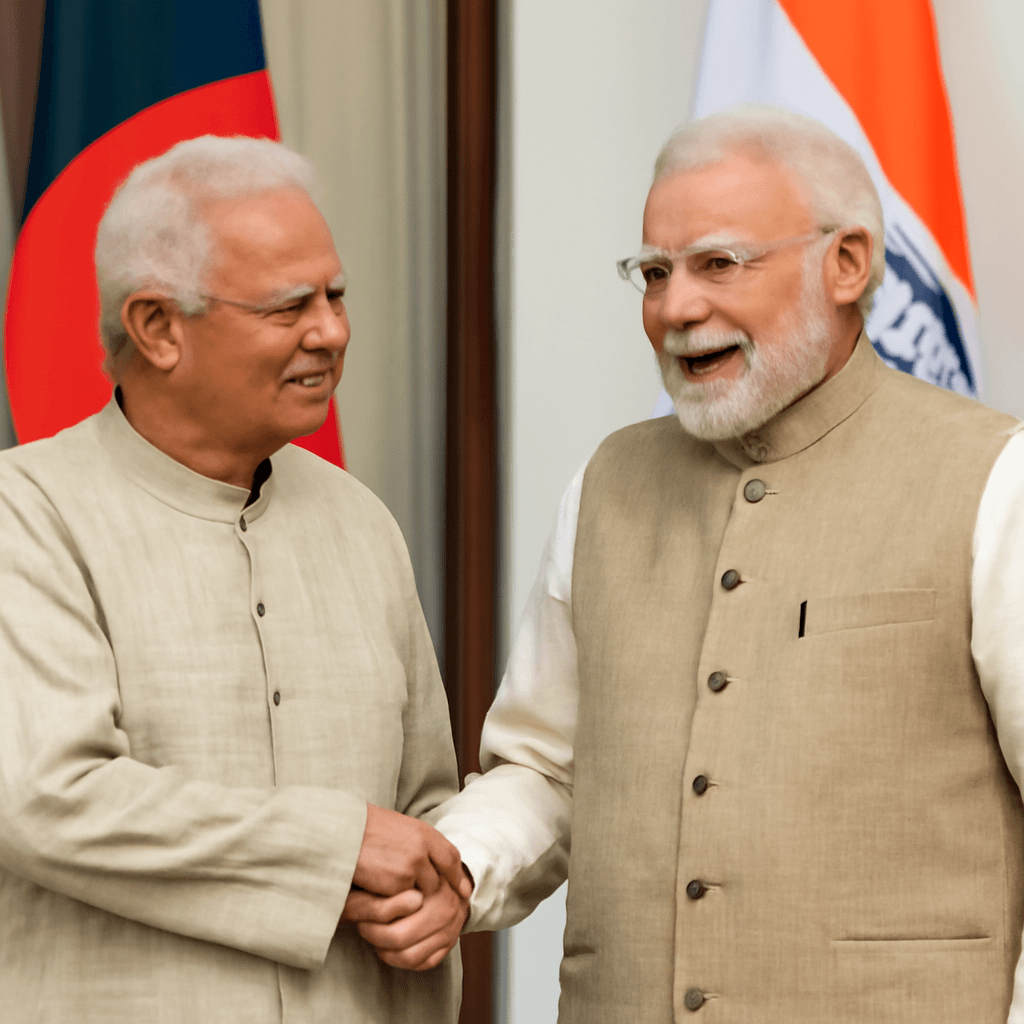Protests in Los Angeles Ignite as National Guard Arrives
Los Angeles witnessed intense protests this past weekend as thousands poured into the streets, reacting fiercely to the unprecedented deployment of the National Guard. Demonstrators blocked major freeways and set autonomous vehicles ablaze, prompting local law enforcement to respond with tear gas, rubber bullets, and flash-bang grenades.
Confrontations Outside Federal Facilities
Police in riot gear and National Guard troops guarded federal buildings, including a detention center recently used for immigrant apprehensions. Mounted officers patrolled alongside officers carrying long guns and shields as protesters voiced their outrage through chants and peaceful but determined confrontation.
By midday Sunday, hundreds had gathered near the Metropolitan Detention Center downtown, chanting slogans such as "shame" and "go home" toward National Guard members. Tensions rose when protesters approached the line of guardsmen, triggering law enforcement to deploy smoke canisters and crowd-control munitions.
Freeway Blockades and Forceful Dispersals
The unrest escalated as protesters intentionally blocked traffic on the 101 freeway. California Highway Patrol officers eventually cleared the roadway by late afternoon after declaring the assembly unlawful. This cycle of protest and police containment highlighted the city's mounting tensions.
Political Backlash Over National Guard Activation
Governor Gavin Newsom criticized the National Guard's deployment as inflammatory and a violation of state sovereignty, formally requesting their removal. Mayor Karen Bass echoed these sentiments, asserting that the escalating chaos was manufactured by federal policies rather than stemming from public safety concerns.
President Donald Trump justified sending federal troops citing the failure of state officials to curb protests that impede immigration enforcement. Notably, this marks one of the rare instances where the National Guard has been activated without the governor's consent, emphasizing the federal government's resolve to intensify immigration crackdowns.
Protests Sparked by Immigration Raids
The National Guard's arrival followed two days of heightened unrest triggered by immigration enforcement sweeps. Starting Friday in downtown Los Angeles, protests quickly surged into neighboring cities such as Paramount and Compton, both with significant Latino populations.
At a staging area near a local Home Depot, demonstrators confronted Border Patrol agents, sometimes resorting to throwing rocks and debris. Authorities responded with tear gas, flash-bang devices, and pepper balls to disperse crowds. Arrests exceeded 100 over the week, including union leaders protesting the operations.
Federal Aggression vs. Local Resistance
The recent protests, though substantial, remain considerably smaller than past events like the Watts riots or 2020’s police violence demonstrations, which previously prompted requests for federal assistance.
President Trump invoked a legal provision allowing federal military deployment during rebellion threats, authorizing 2,000 National Guard troops to assist. He reiterated his commitment to maintaining order, warning that officials obstructing immigration enforcement could face prosecution.
Escalating Military Readiness
In a clear escalation, the Defense Secretary announced readiness of approximately 500 active-duty Marines positioned near Los Angeles, prepared to deploy should violence continue. Such measures reflect the administration's intensified approach to controlling protests and enforcing immigration policies.
Voices from Both Sides
- Vermont Senator Bernie Sanders condemned the deployment as authoritarian overreach undermining Congressional authority.
- Former Vice President Kamala Harris
- House Speaker Mike Johnson
Looking Ahead
With the city grappling with a volatile mix of enforcement actions and community resistance, Los Angeles stands at a critical juncture. The unfolding situation highlights the deep divisions over immigration policies and law enforcement tactics, raising urgent questions about state versus federal authority and the future of civil unrest in one of the nation’s largest cities.

